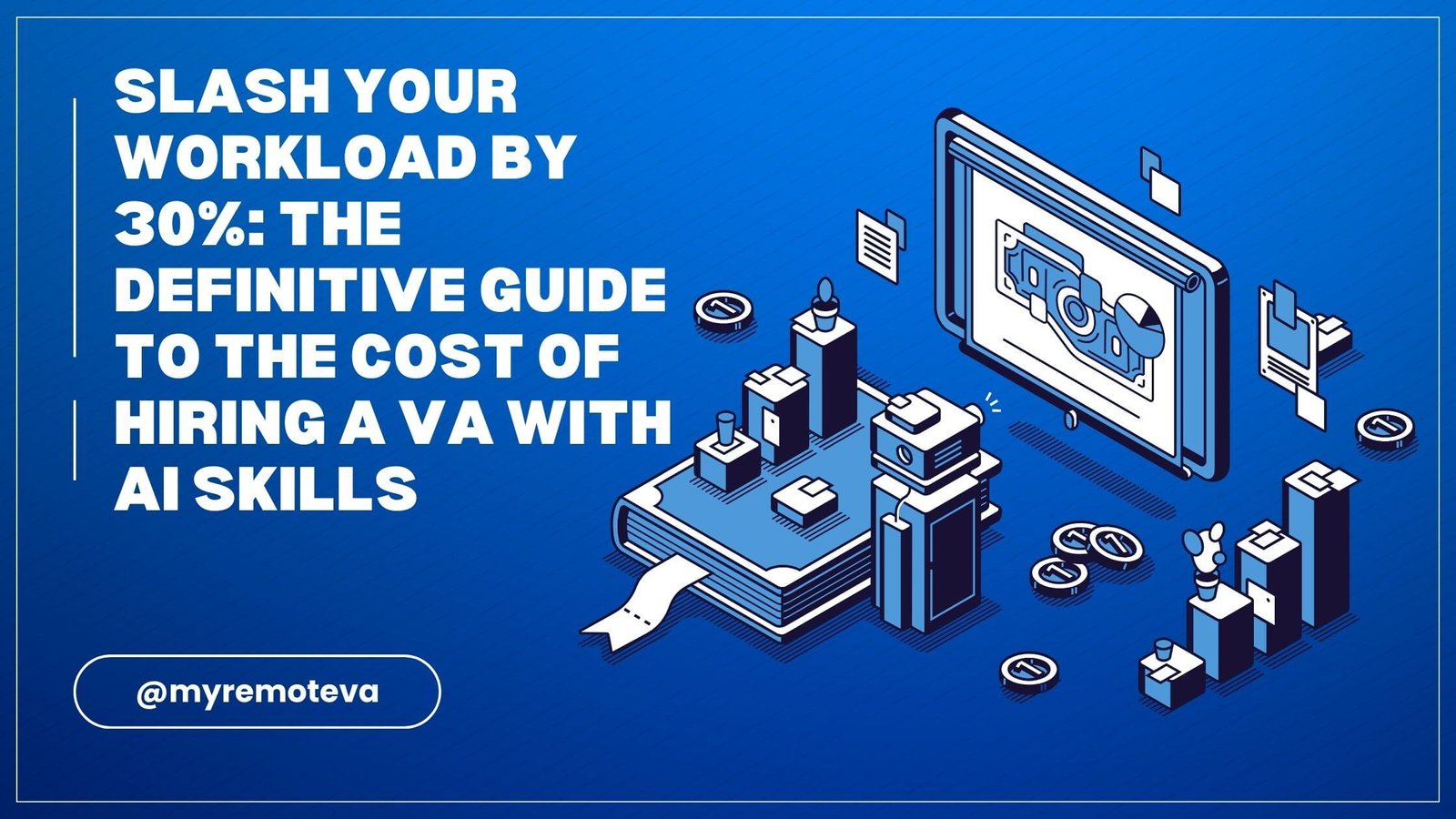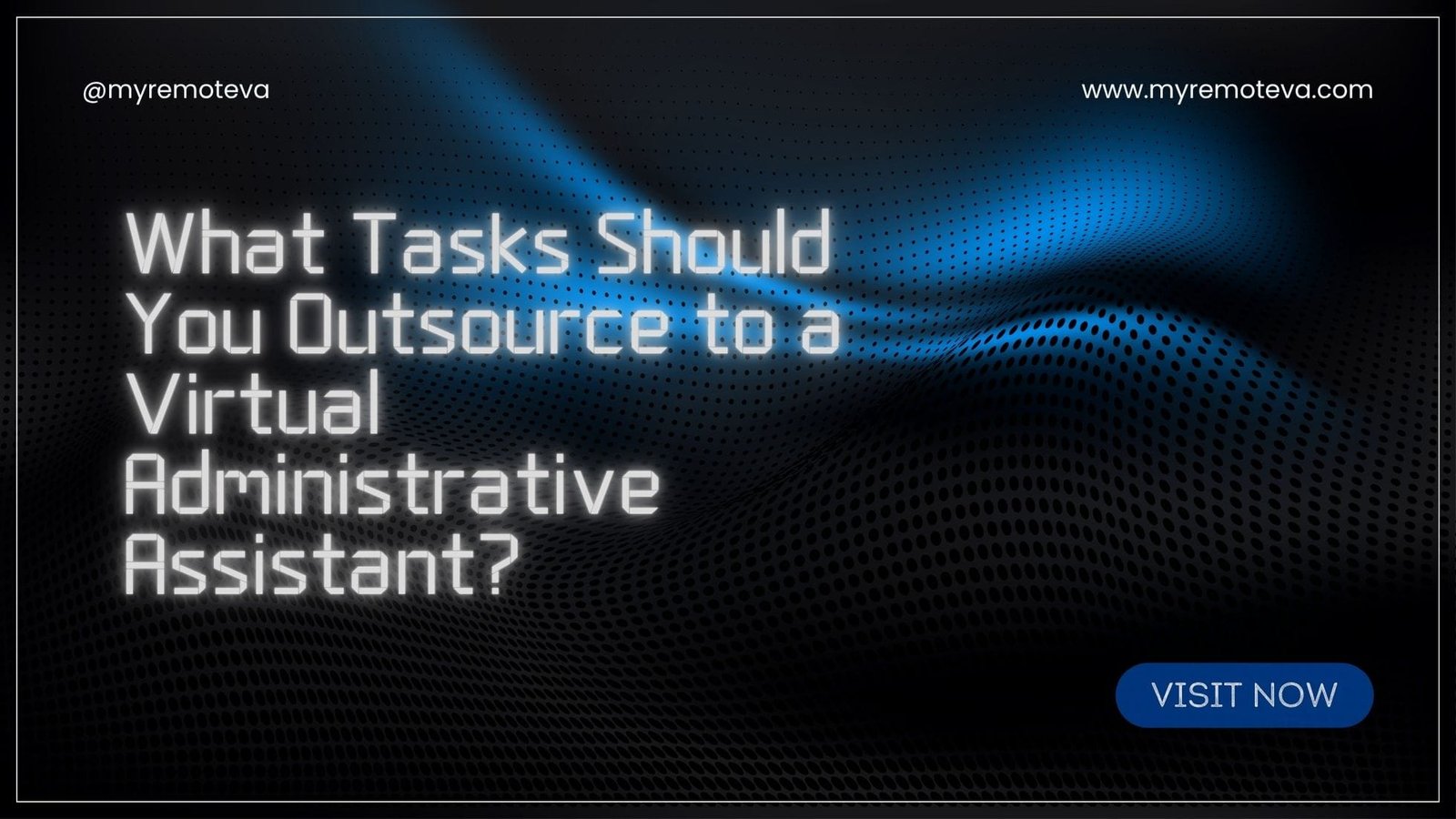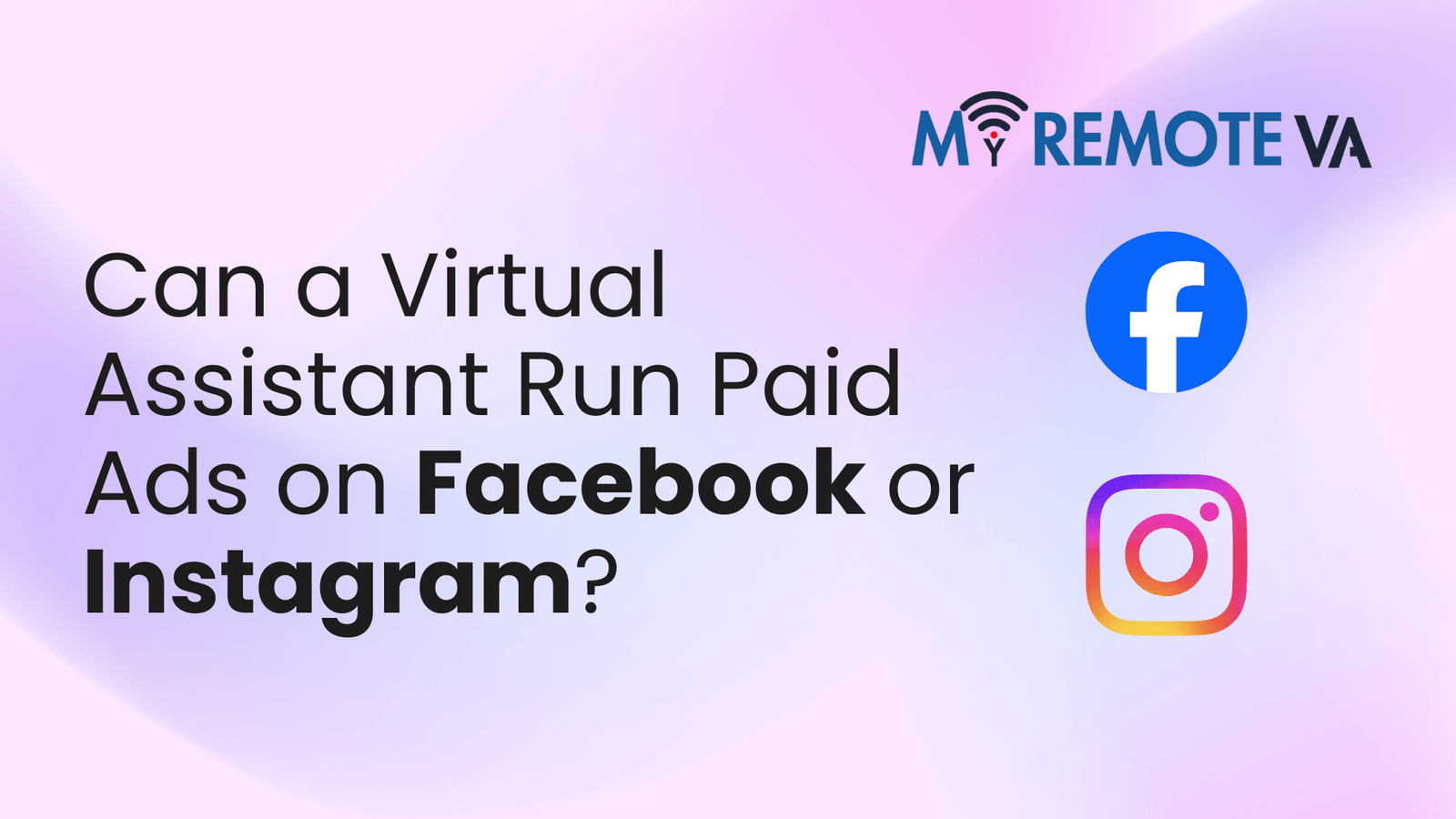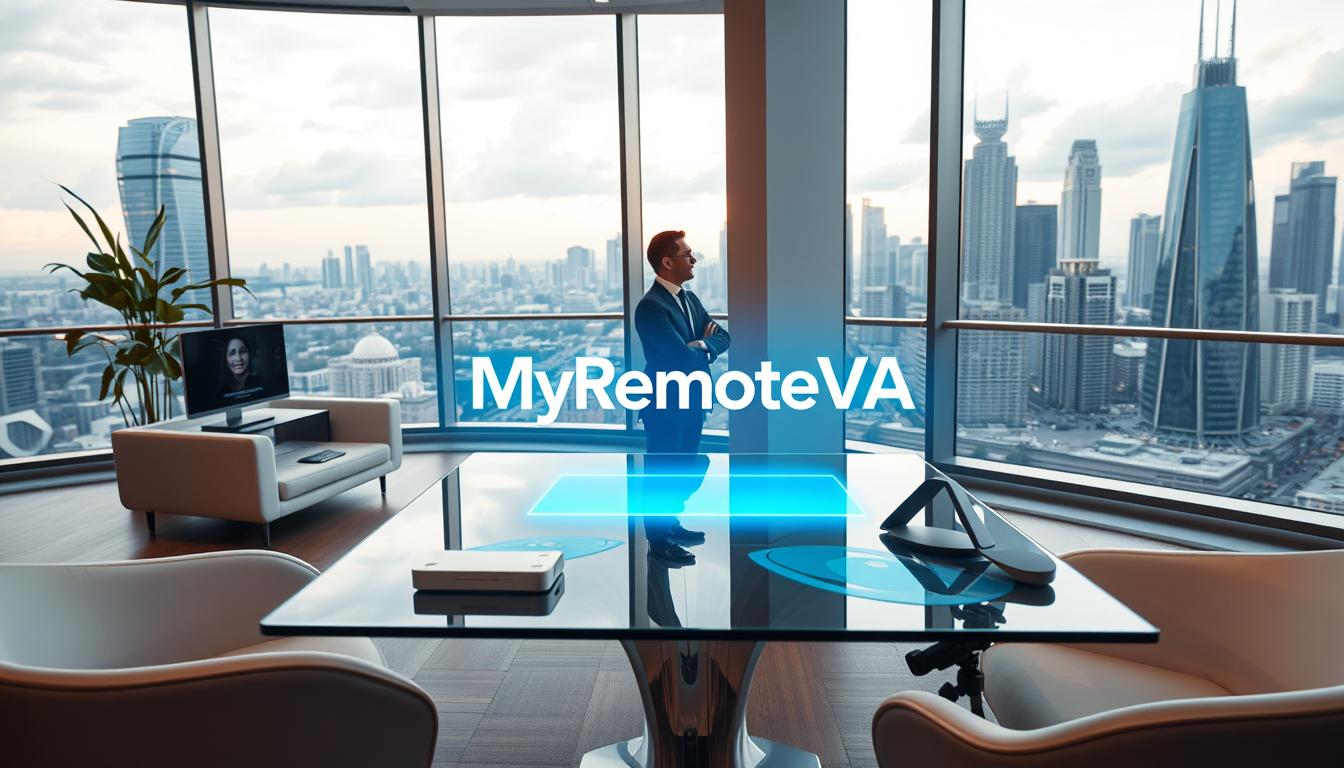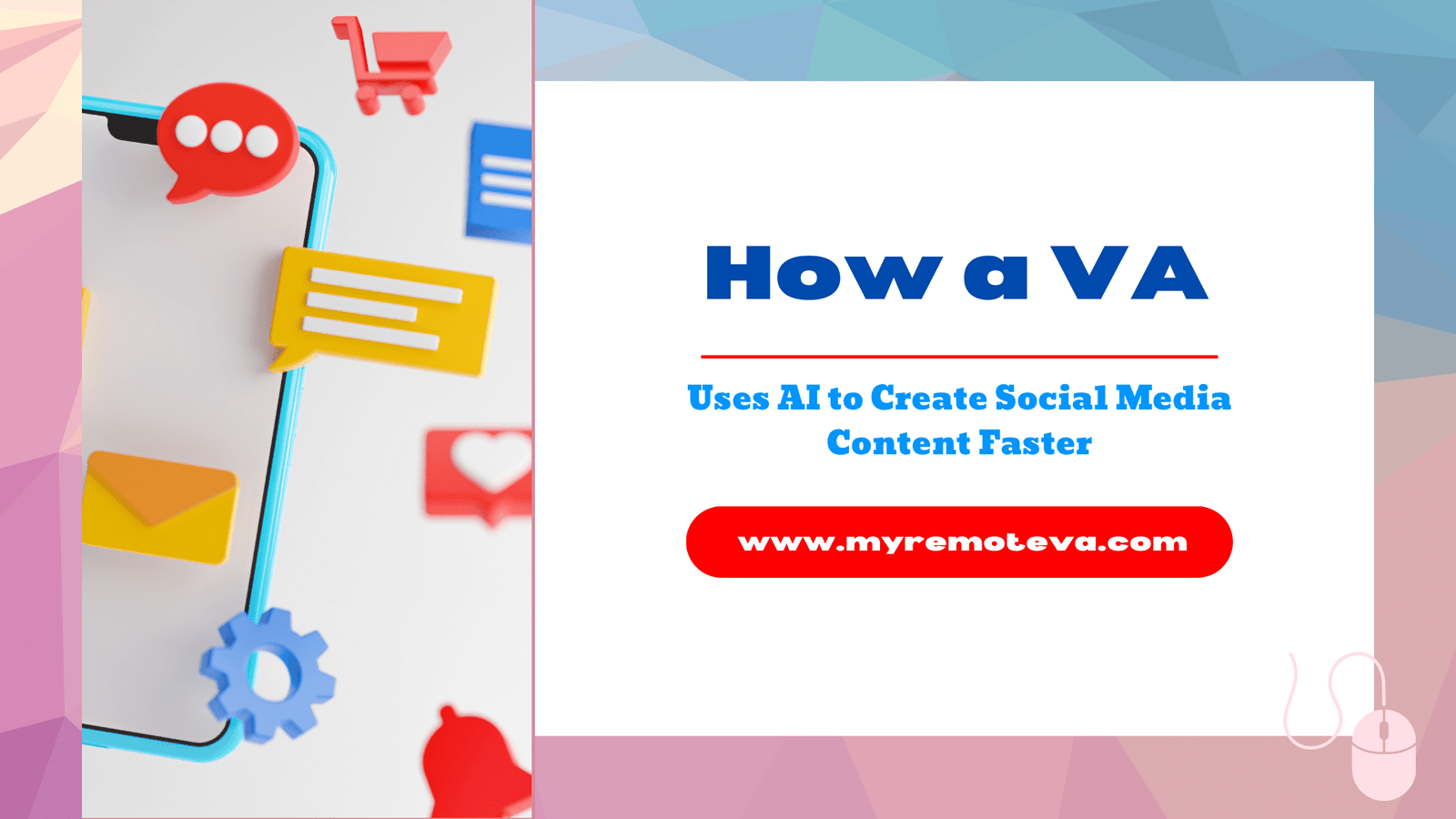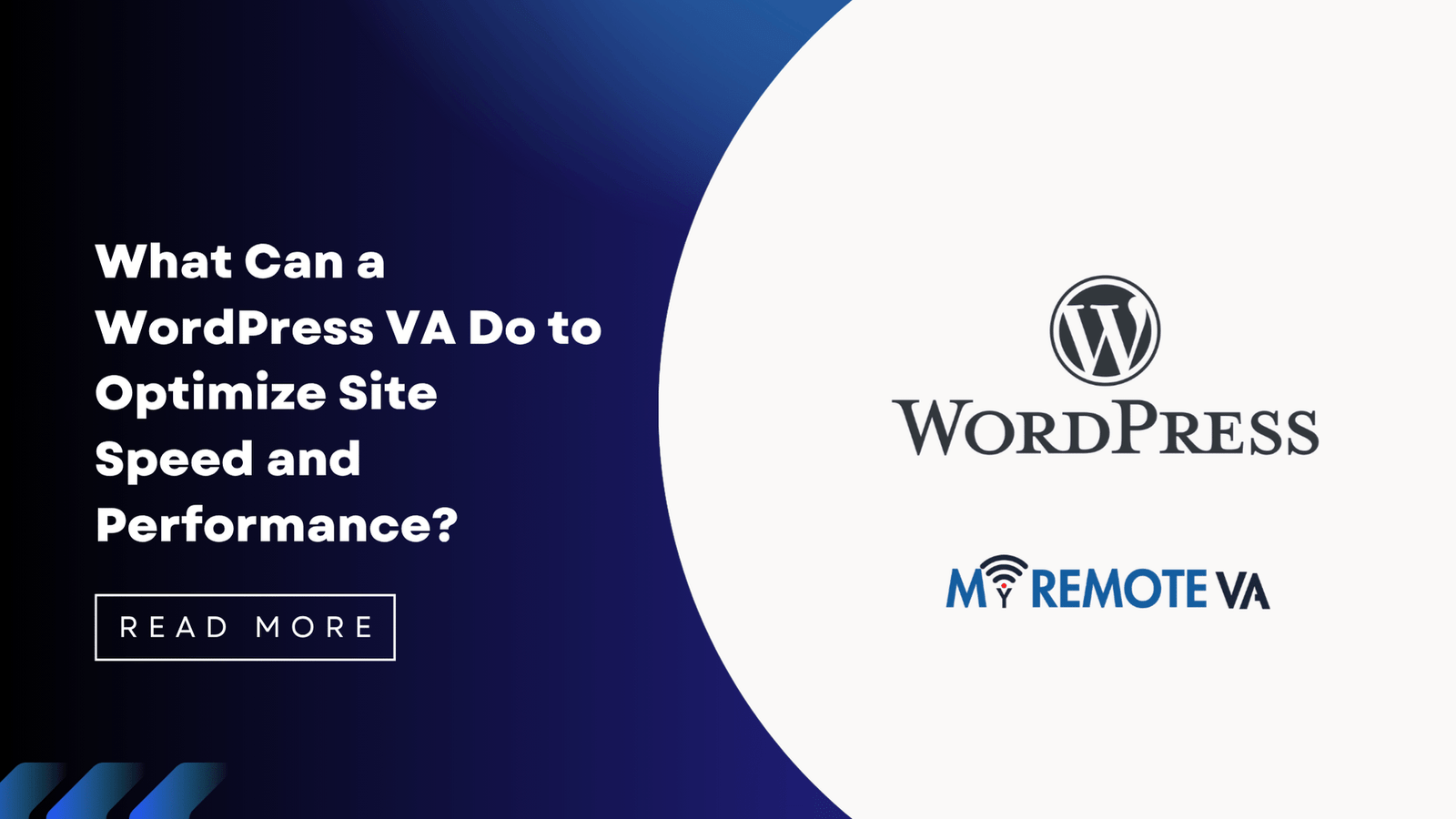Let’s be real: the business world feels like it’s spinning faster than ever, and at the heart of it all is a single, persistent hum—the buzz of artificial intelligence. It’s everywhere. For years, I’ve watched savvy business owners get ahead by hiring virtual assistants, turning that once-niche luxury into an absolute necessity. But the game has changed. We’re not just looking for someone to manage our calendar anymore; we’re on the hunt for a new breed of support: a virtual assistant with legitimate AI skills. This raises a big, and often confusing, question: what’s the real cost of this new superpower, and is it actually a smart move for your budget?
I remember just a couple of years ago, trying to wrap my head around a single AI tool felt like a weekend project. Now, VAs are using them to do in an hour what used to take me all day. The time they save is incredible, but that kind of advanced skill doesn’t come free. It’s an investment. And just like any investment, you need to understand what you’re paying for. So let’s talk about the cold, hard numbers and, more importantly, the value hiding behind them.
So, What’s Really Behind the Price Tag for an AI-Savvy VA?
The first thing to understand is that the price of hiring a virtual assistant with AI skills isn’t a fixed thing, like the cost of a coffee. It’s more like the price of a custom-built computer—it depends entirely on the components you choose. There are three big factors that determine what you’ll pay, and ignoring any one of them is a recipe for a budget surprise.
First up is location. This is probably the biggest variable. A VA in a country like the Philippines or India, where the cost of living is lower, will naturally have a more accessible hourly rate than one based in a major U.S. or European city. You might find a brilliant, AI-skilled professional overseas for $15 to $25 an hour, while the same level of expertise closer to home could cost you $50 or even more. It’s not about quality; it’s about geography. You just have to decide if a shared time zone is a must-have or if a global team is a smarter play for your business. The beauty of it is that a great remote administrative assistant can be found anywhere in the world.
Next is the actual level of skill. This is crucial. A VA who knows how to use ChatGPT to whip up a first draft of a blog post is valuable, no doubt. But they’re not on the same level as a VA who can build a complex automation that connects your CRM to an AI-powered lead scoring system. You’re not just paying for someone who can type; you’re paying for their ability to build and streamline systems that save you countless hours down the road. The more complex and strategic their AI skills are, the higher the price will climb. It’s a classic case of getting what you pay for.

What Do We Even Mean by “AI Skills,” Anyway?
When you’re talking to a potential VA, what specific AI expertise should you be looking for? It’s a spectrum. On the more common end, you’ll find VAs who are masters of generative AI. They can draft emails that sound like you, write compelling social media posts, and summarize lengthy articles in seconds. This is the entry point, and it can dramatically boost your output without a huge cost.
Then you move into the world of automation. This is where things get really interesting. An automation-savvy VA can connect your different tools using platforms like Zapier or Make.com. They can build a workflow that automatically sends a personalized follow-up email to every new sign-up, or one that adds new contacts from a spreadsheet to your email list. This is less about doing a task and more about building a machine to do it for you, which is an incredible return on investment.
Is a Top-Tier AI Pro Really Worth the Money?
On the far end of the spectrum, you have the true AI experts. These VAs don’t just use tools; they understand them. They might be able to train a custom chatbot on your company’s unique knowledge base or help you analyze massive data sets with machine learning. These pros act more like strategic partners. They look at your entire business and pinpoint opportunities for automation and efficiency that you might never have noticed.
I saw this firsthand with a friend who owns an online shop. He was drowning in customer service tickets and was about to hire two full-time employees just to keep up. I suggested he talk to an AI-savvy virtual assistant instead. This VA, who charged a premium hourly rate, built a custom chatbot trained on his company’s product manuals and FAQs. Within a month, that bot was handling over 80% of the basic questions. My friend saved thousands of dollars a month and got to reassign his existing team to more high-value tasks. He told me it was the best investment he’s ever made, hands down. That’s the power of the right person with the right skills.

Choosing Your Payment Model: Which is the Best Fit?
Once you’ve got a handle on the kind of VA you need, the next step is figuring out how to pay them. This decision is just as important as the hire itself. Most VAs and agencies offer a few different options, and each one has its own set of pros and cons. There’s no single “best” choice; it’s all about what makes the most sense for your business and your workflow.
Hourly Rates: The Ultimate in Flexibility
This is the go-to for many people just starting out with a VA. You pay only for the hours they work. This model is perfect for one-off projects or if your needs are inconsistent. It’s low-commitment and allows you to test the waters with a new VA. The downside? If you’re not careful, the hours can add up faster than you expect. It’s crucial to set clear expectations and track their time diligently to avoid any surprises on your monthly invoice.
Monthly Retainers: Predictable and Problem-Free
For businesses with ongoing needs, a monthly retainer is a great way to go. You pay a fixed amount each month for a set number of hours. It simplifies your budget because you always know exactly what your VA support will cost. Plus, it gives you peace of mind knowing you have a dedicated person or team ready to help whenever you need them. Many VAs offer a slightly discounted rate for retainer clients, and you often get priority support. It’s a win-win for everyone involved. To get a better idea of how a VA can help with a ton of different tasks, you can check out this article on 10 virtual assistant services and their benefits.
Project-Based Pricing: A Focus on the Outcome
If you have a clear, one-time task—like building a new automation system or revamping your lead generation process—project-based pricing is the best choice. Your VA gives you a single quote for the entire project, regardless of how many hours it takes. This model puts the emphasis on the result, not the clock. You know exactly what you’ll pay and can budget accordingly. Just be sure to have a very clear project scope defined from the start to avoid any misunderstandings.
The ROI of an AI-Powered Virtual Assistant: It’s About More Than Just the Money
So, is the cost of hiring a VA with AI skills worth it? Absolutely. But the real return isn’t just about a lower hourly rate. It’s about the time you get back. Think about it: if an AI-powered VA can take care of your inbox in half the time, create social media content for the week in an afternoon, or automate a process that used to take you an entire day, what could you do with that time? You could focus on sales, work on that new product you’ve been dreaming up, or maybe, just maybe, take a long lunch break without feeling guilty.

The money you spend on an AI-savvy VA is a strategic investment in your own productivity and the long-term health of your business. In a world where every minute counts, having someone on your team who can work smarter, not just harder, is a game-changing competitive advantage. It’s how you future-proof your business and set yourself up for scalable growth. The cost is a small price to pay for that kind of peace of mind.
FAQ: Your Questions About AI-Powered VAs, Answered
How much can I expect to pay for a virtual assistant with AI skills?
The cost varies, but you can generally expect to pay anywhere from $15 to over $75 per hour, depending on a few key factors. The two biggest influencers are the VA’s geographic location and their level of expertise. A more advanced VA who can handle complex AI integrations will charge more than one who uses basic AI tools for administrative tasks.
What specific AI skills should I look for in a VA?
Look for proficiency in tools that align with your needs. This could include using generative AI for content creation (like writing blog posts or emails), mastering automation platforms (like Zapier or Make.com) to connect your apps, or having expertise in more complex areas like data analysis or building custom chatbots. The key is to match their skills with your most pressing business challenges.
Is it better to pay an hourly rate or a monthly retainer for a VA with AI skills?
It really depends on your needs. An hourly rate is great for one-time projects or if your workflow is unpredictable. A monthly retainer is usually a better option for ongoing, consistent work, as it gives you a predictable budget and often comes with a discount. Many businesses start with an hourly model and then transition to a retainer as their needs become more consistent.
Will a VA with AI skills really save me money in the long run?
Yes, absolutely. While the initial hourly rate might seem high, a skilled AI-powered virtual assistant will save you a tremendous amount of time by automating repetitive tasks, streamlining your workflows, and allowing you to focus on high-impact, revenue-generating activities. The return on investment comes from the increased efficiency and the value of the time you get back.

